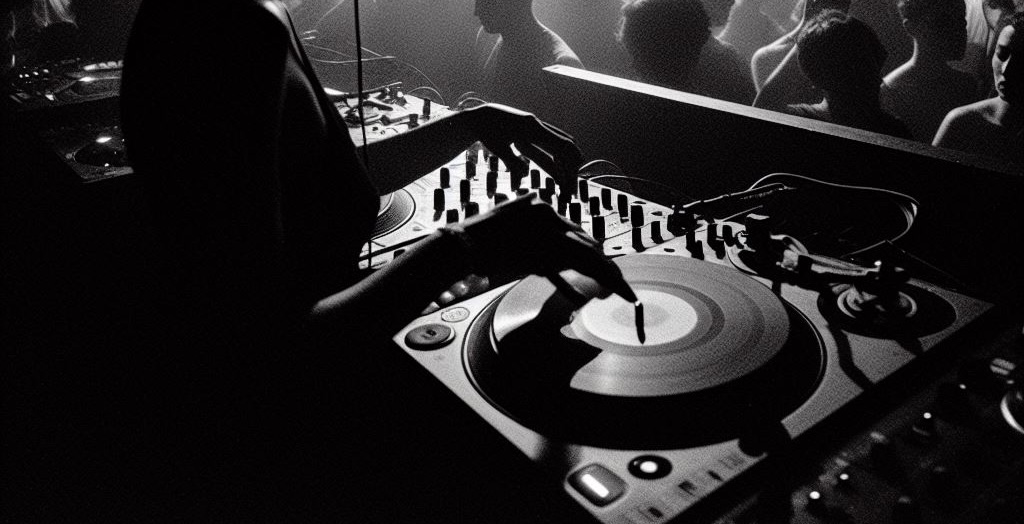When I think back to when samplers first entered the music scene—it was nothing short of revolutionary. For those of us deep into hip-hop or house, it was like being handed the keys to a new kingdom of sound. Just like that, we were looping, mixing, and layering in ways that had never been done before. This was the dawn of a new era in music, powered by technology. And guess what? We’re at a similar crossroads today with AI in the arts.
Once upon a time 🔗
In the late ’70s and early ’80s, new tech like the Fairlight CMI changed everything. These devices weren’t just tools; they were instruments that transformed our approach to music. They allowed us to manipulate recorded sounds, creating complex tracks from simple beats or snippets of other songs.
For hip-hop, samplers were a breakthrough. They let artists create intricate musical patterns that became the backbone of the genre. Remember “Planet Rock” by Afrika Bambaataa? That track—and so many others—wouldn’t have been possible without sampling technology. Over in the house music scene, samplers enabled DJs to experiment with synthesized baselines and repetitive beats, helping to birth a global movement.
Creativity Unleashed 🔗
What really struck me about samplers was how they democratized music production. You no longer needed a big studio or a classical background. With a decent sampler, anyone with creativity could make waves. This aspect of technological empowerment is mirrored today by AI tools in visual arts and beyond, broadening the horizons for creators everywhere.
As AI begins to play a more significant role in creative fields, it’s stirring up a mix of excitement and concern. The technology is incredibly powerful, enabling creations at a pace and volume we’ve never seen before. But it also raises important questions about the essence of creativity and the role of the artist in the age of machines.
Just as technology transformed music through samplers, AI is now touching every corner of the artistic world. From digital painting to writing, AI tools are pushing us to reconsider the boundaries of creativity and the very definition of an artist.
What This Means Today 🔗
Having lived through one technological revolution, I see many parallels with today’s rise of AI. We should approach this new era with openness but also with critical engagement. It’s crucial to discuss how we maintain our unique voices and ensure that AI serves as a tool for enhancing creativity, not overshadowing it.
As we continue to explore and integrate these new technologies, let’s remember the lessons from the past. Just like the samplers of the 1980s, AI has the potential to redefine art in profound ways. Let’s ensure it’s a change for the better, enhancing how we express, understand, and appreciate creativity.
